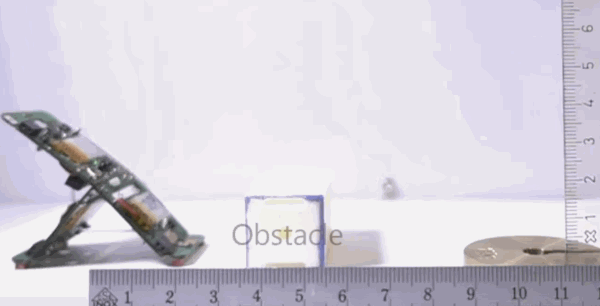Hero Labs raises £2.5M for its ultrasonic device to monitor a property’s water use and prevent leaks
Hero Labs, a London-based startup that is developing “smart” technology to help prevent water leaks in U.K. properties, has raised £2.5 million in seed funding. The round is led by Earthworm Group, an environmental fund manager, […]






